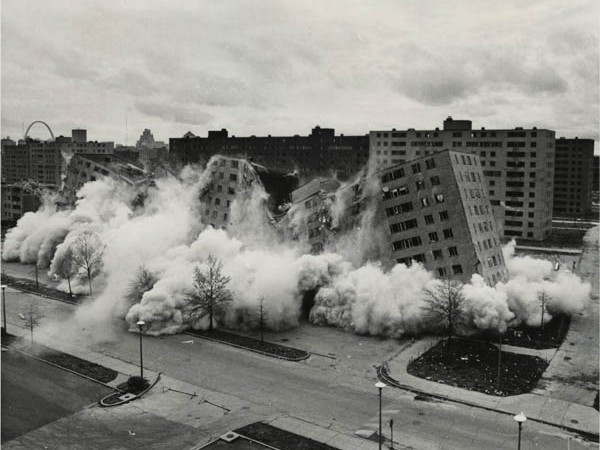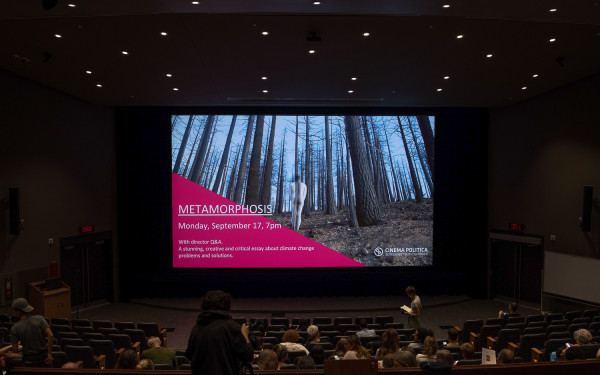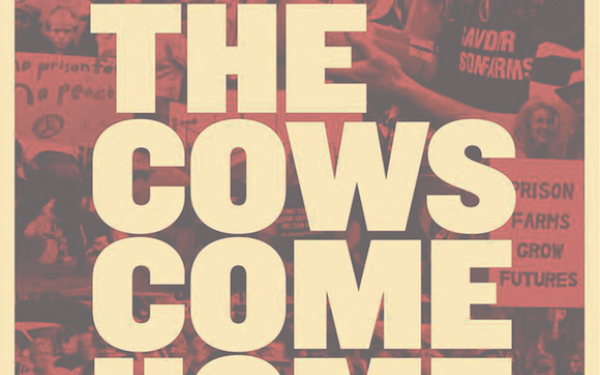Frame to Frame
Built With Bad Intentions
“A powerful story, with a dramatic end.” The narrator of this touching documentary mentions that line a couple of times in the beginning.
You’d think that the Friedrichs brothers are trying too hard to make the viewer understand the importance of their message, and perhaps they are, but nonetheless it’s a truth you’re hit hard with after their story ends.
The Pruitt Igoe Myth, a documentary about the public housing project from the 1950s in St. Louis, Missouri, is one of those educational awakenings that every single person, no matter your race, colour or creed, could benefit from.
Built in 1952, the Pruitt-Igoe housing project was designed to help the impoverished people of St. Louis unshackle the slum chains and be welcomed into everyday society without the stigma that attaches itself to any person trying to survive on the poverty line.
In those days, impoverished also meant being black, so the design was two-fold: fight segregation and help the growth of the city of St. Louis.
Families of 12 children that used to live in one bedroom apartments, with parents sleeping in kitchens, could now “move up” in society by having more bedrooms, more beds, better lighting, heat and everything else a white person took for granted.
Urban planners predicted that the population of St. Louis would grow to 1 million by the 1970s and more projects like Pruitt Igoe would ease the integration of every member of society. T
his, as you may have guessed, is the myth that the Friedrichs brothers dispel so efficiently with their documentary.
Structured in a way where we intersect between a handful of former Pruitt-Igoe residents revisiting their childhood, a couple of urban historians telling it how it really went down behind the scenes and a sociologist that worked as a research assistant for public housing, the Pruitt-Igoe story is of the kind that gets easily lost beneath the more prevalent political and environmental American horror stories.
What makes these types of documentaries special is the people chosen to tell the story, and the makers have done a great job in finding the perfect eyewitnesses.
A woman who will never believe that Pruitt-Igoe was built with bad intentions because of the memories she has of celebrating Christmas and being part of a community, a man who remembers being forced by his mother to fight and “act like a man” and another man who had to witness his mom trying to place his brother’s guts and liver back into his body is the kind of truth that jerk the tears all the more just because it’s true. Spielberg can only dream of manufacturing this kind of sentimentality.
What is unfortunate is that Pruitt-Igoe was built with bad intentions. The federal government is the antagonist of the story, first trying to abort the project and then completely cutting the funding off for maintaining it, while ensuring that the suburbs prosper and grow along with the economy for the white middle class.
A series of events lead to the inevitable fate and dramatic end of the Pruitt-Igoe high-rises. That violence spreads like a disease in the slums, with parents forcing their sons to fight is never questioned and would be my only main critique of the story.
Violence is given a pass because it’s seen as a necessity for the impoverished who protest how the system is failing them, only to proclaim that they don’t want the system’s help within the same sentence almost.
The Friedrich brothers directed, produced and wrote The Pruitt Igoe Myth, influenced by an article of the same name from Katherine Bristol and employing Benjamin Balcom to compose the fantastic score. These are the names that have made the documentary a formidable lesson that we can, and indeed should, take note of.
Whether you are interested in history, sociology or an example of the neglect and ignorance the human race continues to show while still finding ways to create loving memories and learning from experience, this is a story for you.
The Pruitt-Igoe Myth / March 19 / Cinema Politica (1455 de Maisonneuve H-110)


_600_832_s.png)




